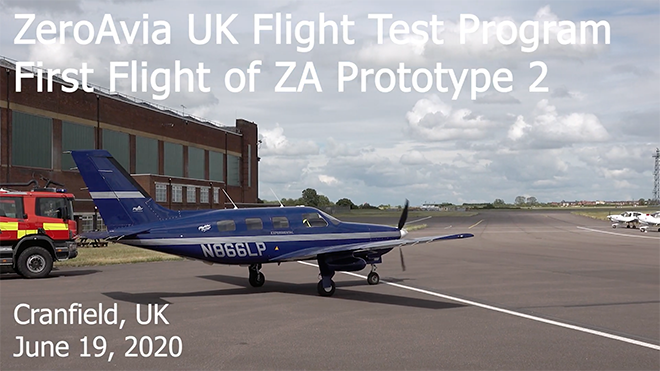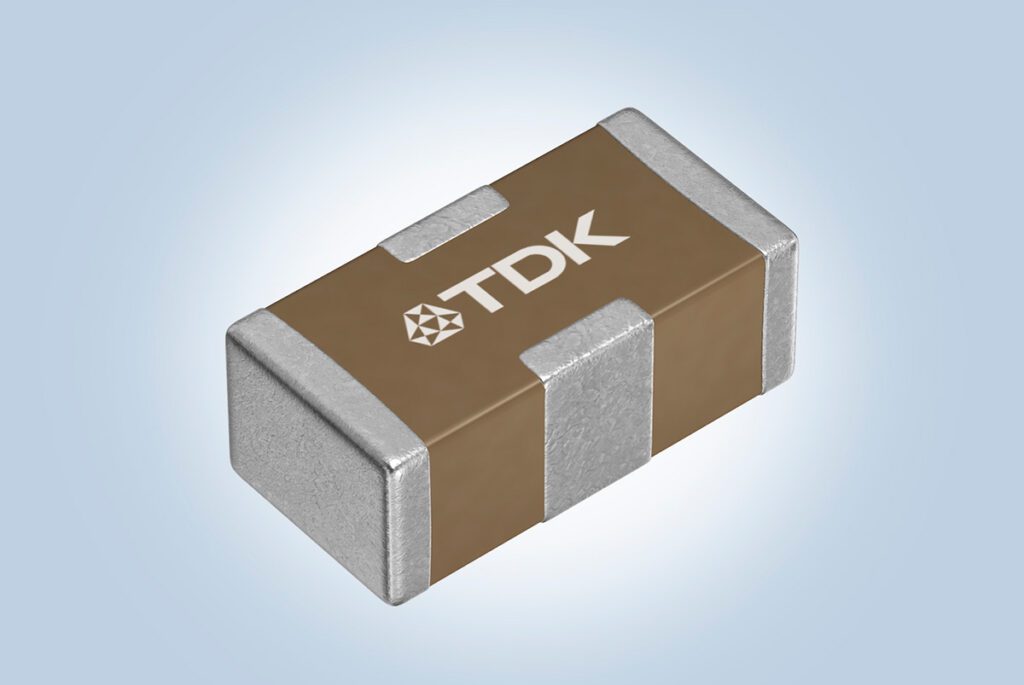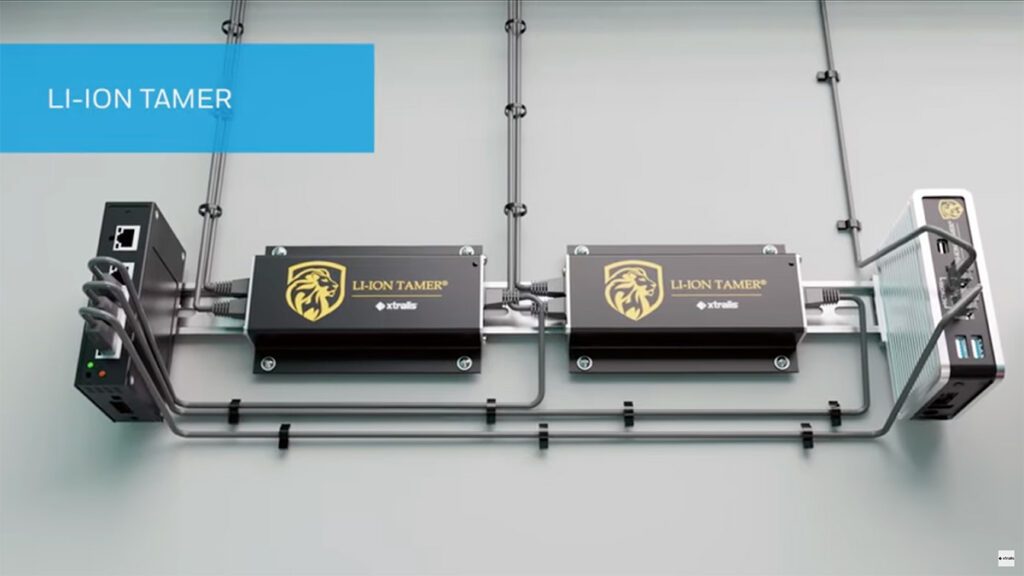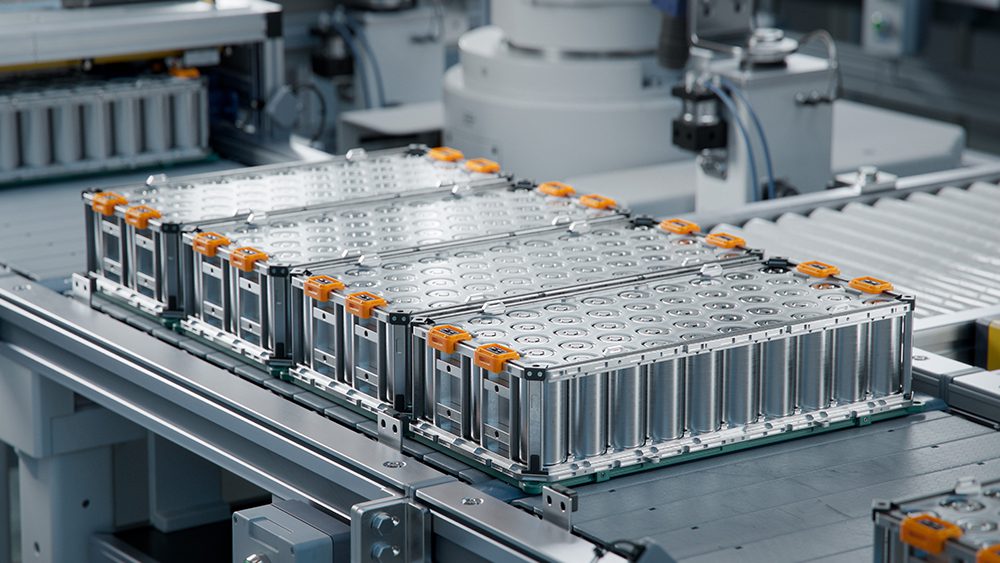ZeroAvia says it has successfully completed a test flight of a commercial-scale electrified aircraft. New Atlas reports that the company’s HyFlyer, featuring the latest version of its hybrid hydrogen/electric powertrain, recently took off from Cranfield Airport in Bedfordshire, UK as part of a program to develop large, long-range, zero-emission aircraft.
While companies such as Magnix and Lilium are testing battery-powered aircraft, the weight of battery packs is a constraint, and some believe that hydrogen fuel cells represent a better solution, especially for large, long-range airliners. ZeroAvia says its HyFlyer’s fuel cell powertrain is comparable in performance to a legacy ICE engine, and lowers costs by reducing battery cycling.
The HyFlyer has already completed full-power ground tests, and is scheduled to make longer test flights over the next few months. The ultimate test will be a trip of up to 345 miles from the Orkney Islands in Scotland. ZeroAvia says its Project HyFlyer technology is scalable in a short time. The company foresees 10-20-seat aircraft going into service in three years, 50-100-seat versions by 2030, and a 200-seat aircraft with a range of over 3,400 miles by 2040.
“Today’s flight is the latest in a series of milestones that moves the possibility of zero-emission flight closer to reality,” Val Miftakhov, ZeroAvia founder and CEO, told New Atlas. “We all want the aviation industry to move to a net zero future, with a green recovery. That will not be possible without realistic, commercial options for zero-emission flight, something we will bring to market as early as 2023.”
Source: New Atlas



















































































